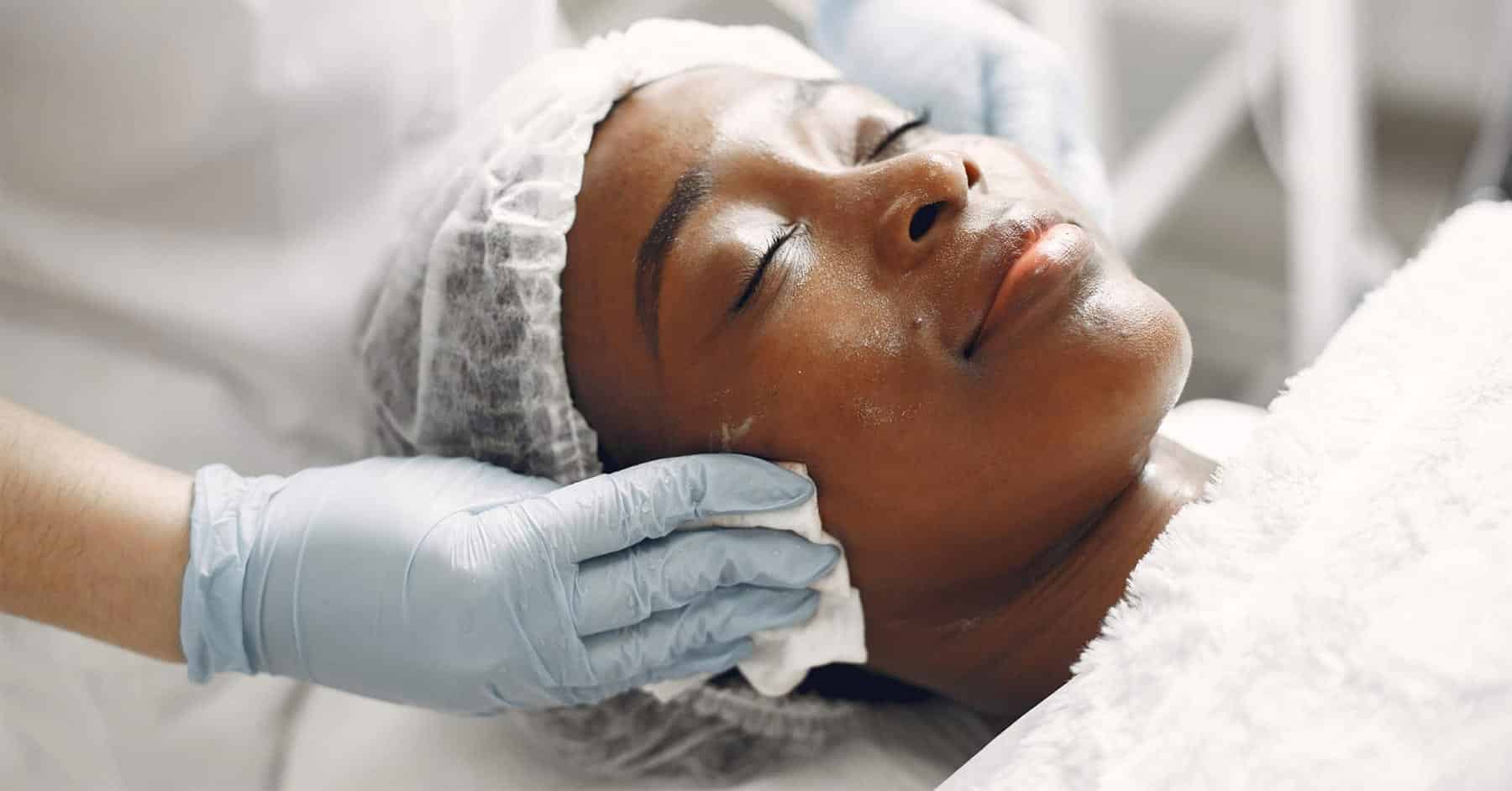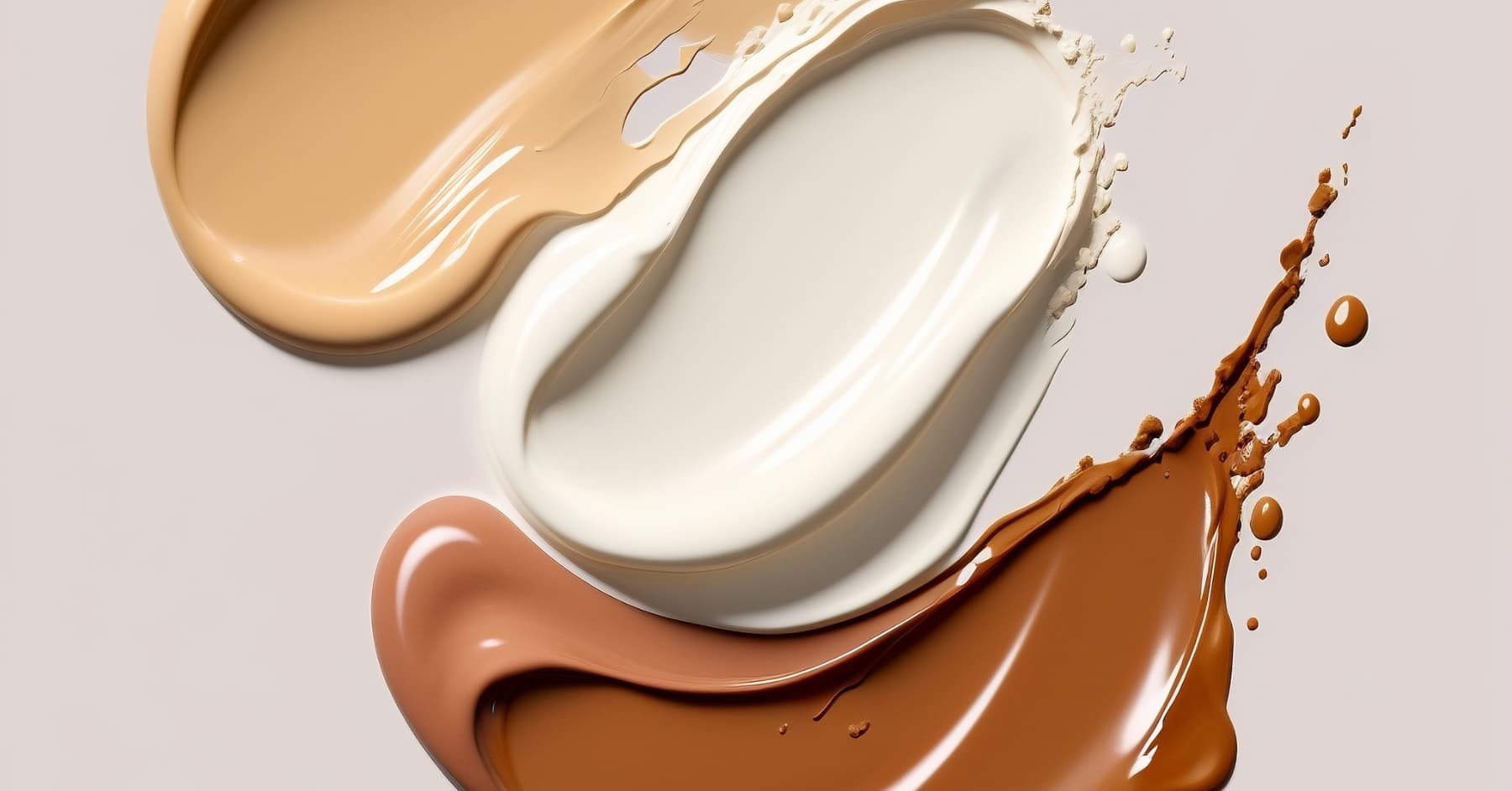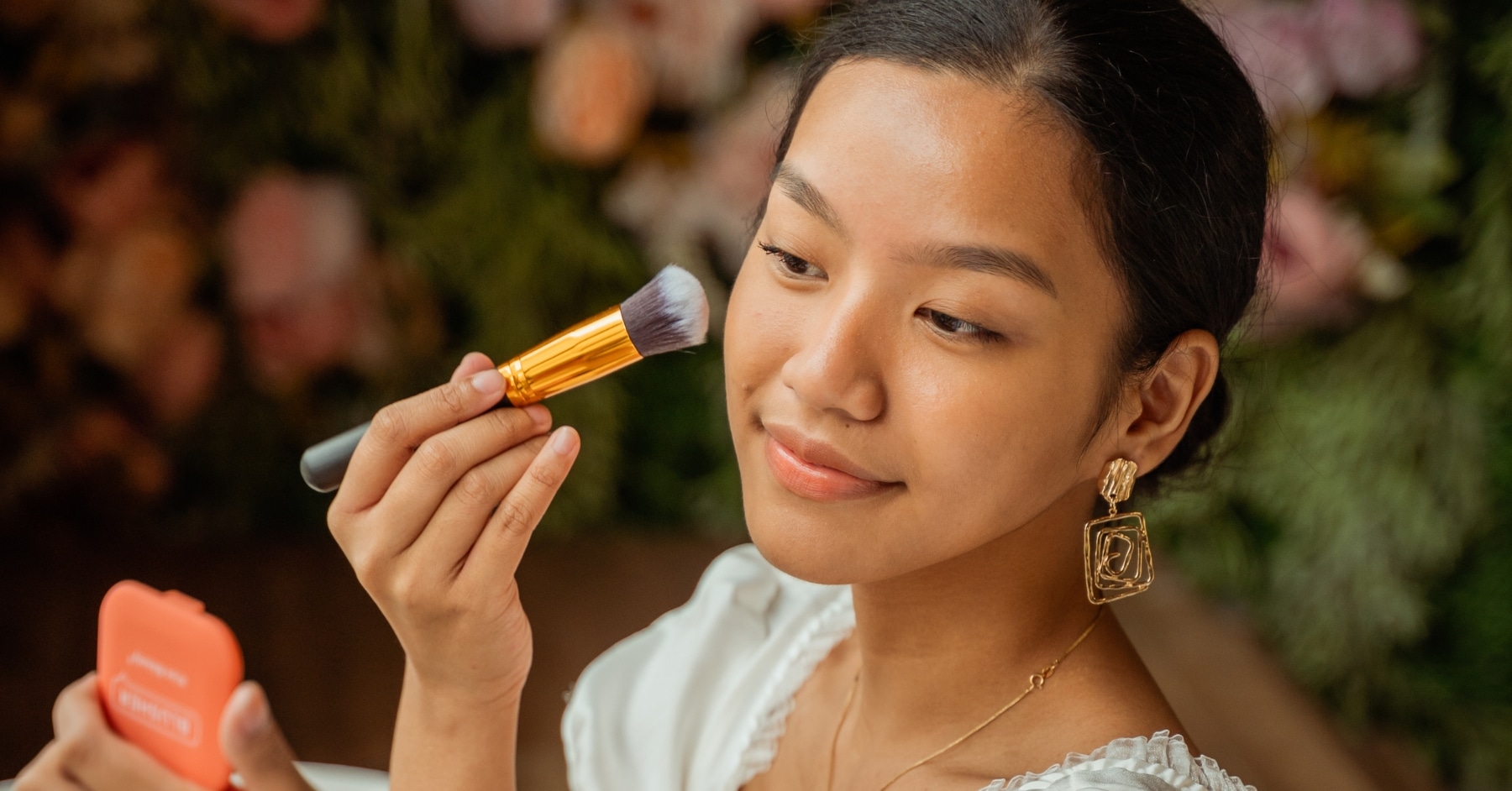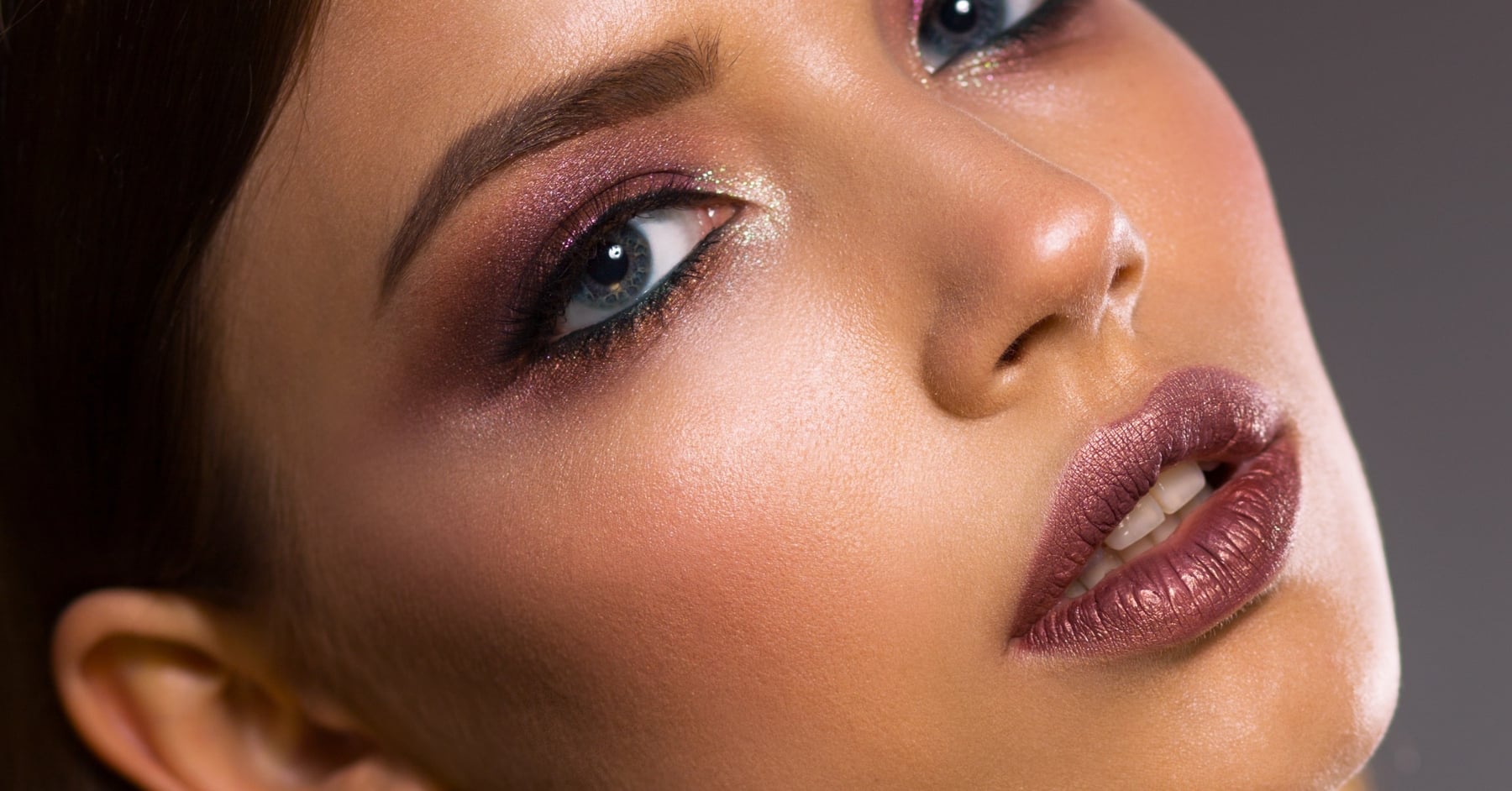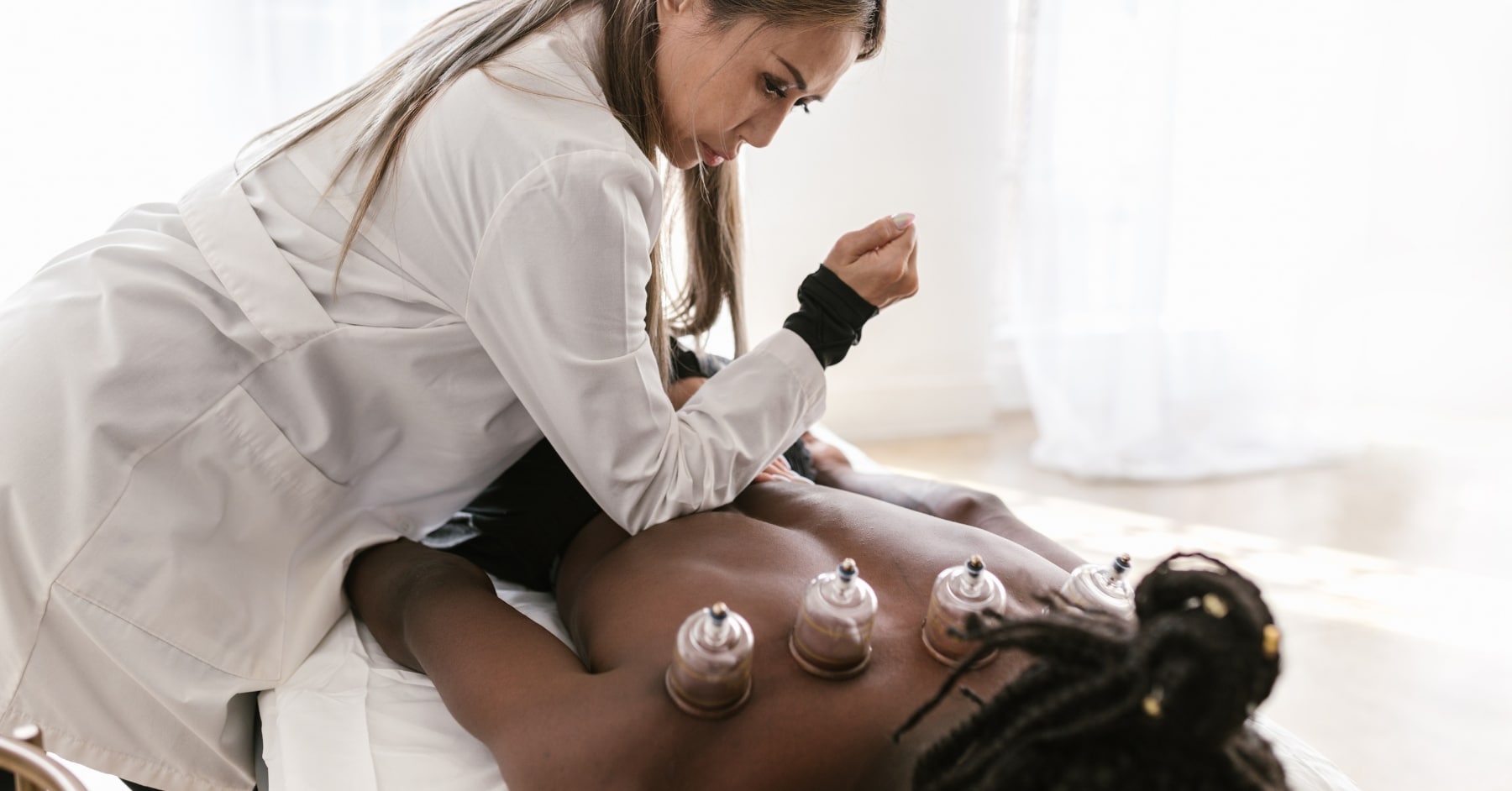If you’re looking to invest in upgrading your complexion, a facial is something you should definitely consider incorporating into your skincare routine.
Whether it’s an at-home spa day or a professional skin treatment at a luxury beauty salon, the process involved in performing a facial is somewhat of an enigma for many of us!
So, let us break down the mystery that is facial treatments, and answer all of your burning questions about what getting a facial actually entails.
What Is A Facial?
A facial is a thorough, in-depth treatment of the skin on the face. It involves several skincare steps, as well as using a variety of cosmetic products which each perform different functions.
If a facial is of good quality, it will be specialised, and tailored to suit your specific skin type. For example, if you have dry skin, hydrating creams and serums will be used to inject moisture into the skin. On the other hand, if your skin is on the oilier side, more astringent products will be utilised to combat excess sebum.
Either way, a facial can do wonders for the complexion, and getting one can elicit dramatic results that performing a basic skincare routine alone simply cannot achieve.
What Does a Facial Do For Your Skin?
Depending on your skin type, a facial can be life-changing. This is especially true if your skill is dull, lacklustre, or worse, congested.
As well as performing a deep cleanse and exfoliation, when performed well, a facial can even change the overall texture of your complexion. To achieve this, extractions that involve the removal of dirt, blackheads and other impurities from deep inside the pores are a central focus of a deep cleansing facial.
Facials can be both deeply hydrating and nourishing, as well as clarifying and purifying for the skin. Ultimately, the facial treatment you receive will be dependent on the results of your beautician’s analysis of your skin type and will be tailored to your personal complexion concerns.
How is a Facial Performed?
A good facial involves several steps, which must be performed in a specific order for the best results. Generally, the main steps of a good quality facial will include:
First Cleanse
The first step of your facial will be a cleanse with either an oil or cream cleanser. This will help give your skin a superficial clean and prepare it for the next, deeper cleansing steps of your facial.
Double Cleanse
Your second cleanse will help to remove a deeper level of impurities from the skin. It will usually be performed with a water-based gel or foaming cleanser.
Exfoliation
Next, it’s time to exfoliate! Using an exfoliating scrub, your facial therapist will perform circular motions on your face to smooth away rough patches and dry skin from the face.
Facial Steam
Often the favourite step for any facial recipient, warming facial steam opens up the pores and prepares the skin for deep-cleansing extractions.
Extractions
Let’s admit it – extractions can be painful! Using a precise extraction tool, your beautician will dig deep into your pores to clean out all the gunk – including dirt and unsightly blackheads.
Face Masque
The next step is to soothe the skin using a relaxing face mask. This can be either a cream, mud or jelly mask or in some cases, a sheet mask. Either way, the mask is left on the face for some time – during which your facial therapist will usually perform a rejuvenating head, neck and shoulder massage.
Application of Serums, Moisturisers, and Eye Creams
Lastly, reapplying hydration to the skin is needed. Your beautician will apply serums and moisturisers that are tailored to your specific skin concerns. Finally, they will finish up by applying an eye cream.
How Often Should You Get a Professional Facial?
Beauticians and beauty therapists will usually recommend that you get a professional facial in line with the time it takes for new skin cells to regenerate. For most of us, the skin regeneration cycle takes up to four to six weeks. So, if you have the resources to treat yourself to a facial once a month, this is the optimal timeframe!
If you can’t get to the salon that often, you could also teach yourself how to perform an at-home facial using professional-grade skincare products that you can purchase from your beauty salon. If nothing else, this will at least tide your skin over until you can get to another professional appointment. The best part? Pampering yourself with a facial at home not only saves you money, but it is also super relaxing, and an excellent self-care tool when you are feeling run down or stressed.
How to Make Your Own Exfoliating Facial Scrub
If you’re keen to try a DIY facial, you can make your own exfoliating face scrub from clean, natural ingredients your skin will love! To do this, follow these steps:
1. Choose Your Base
First, you’ll need to choose a grainy, granulated base that will gently scrub your skin smooth! For this, we recommend using sugar. A sugar scrub has the perfect combination of granulation that is gentle enough not to irritate the skin.
2. Mix In Your Binding Agent
Next, you’ll need to mix in a sticky binding substance to form the sugar into an exfoliating paste. For ultra-smoothing results, try coconut oil. Your complexion will benefit not only from the scrub but also from the extra coconut-ty hydration!
3. Do A Patch Test
Of course – like any skin treatment – before you commit to using the scrub all over your face, make sure to do a patch test first to check for any potential skin reactions.
Are Facial Peelers Safe?
Curious about doing a facial peel? You’re right to ask if it’s safe! Facial peelers contain many active chemical ingredients which – if applied incorrectly, or left on the face for too long – can burn your skin. Also, once you’ve had a peel done, keep in mind that your skin will also need some downtime to recover. For most facial peelers, the downtime is between seven and fourteen days.
If you’re looking to get a facial peel, it’s best to leave this up to the professionals. Look for a reputable beauty salon that can perform the facial peel for you. It’s important to choose a beautician you trust – after all, you don’t want to damage the delicate skin of your complexion!
